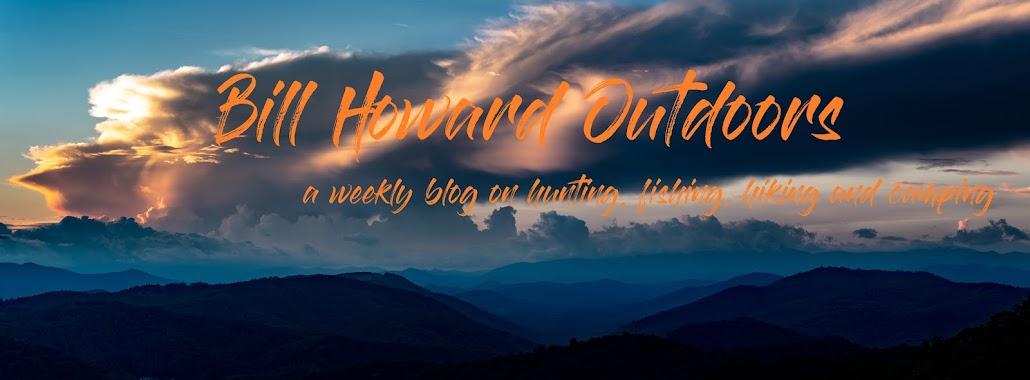Several years ago, a man was heading out for a week of scouting and hunting. We will call him Mr. Smith. His plan was to scout some farm land in the Triad area of North Carolina during the weekend and then meet his buddies in Eastern North Carolina to hunt deer during the week. Mr. Smith told his wife where he would be and when he would return.
Mr. Smith stopped at a local gas station to fill up his truck shortly after leaving the house. An insurance agent was also purchasing fuel and noticed Mr. Smith was in camouflage and packed. The agent inquired about whether Mr. Smith owned or leased his hunting land, and spoke briefly about some insurance products they may interest him and his hunting partners. The agent left a handful of business cards with Mr. Smith as they parted ways.
After paying for the gasoline and a soda for the road, Mr. Smith started thinking, “You know, Eastern deer season is already in, and I can scout up here next weekend.” This would allow Mr. Smith a couple of extra days of hunting before his buddies ever arrived at camp.
That Friday afternoon, Mr. Smith pulled up to the hunting cabin, quickly unloaded his stuff, and made a hurried track into the woods. He spotted a nice straight tree overlooking a natural trail and fastened his stand. After climbing up to the stand, he began to clip some limbs that would be in the way of making a clear shot. There was one rather long limb from another tree nearby that Mr. Smith believed he could reach. Stretching as far as he could, he grasped the end of the limb and pulled it toward him. Once he had it pulled as close to his stand as he could he reached out with his other hand and clipped it as far away from his stand as he could. Picture someone playing tug of war and the other person suddenly letting go. Mr. Smith lost his balance and tumbled over the backside of the stand.
Mr. Smith awoke later, unable to move and in severe pain. Up in the stand was his backpack and rifle. Inside the pack were his cell phone, food, and water. He looked down to his leg, and saw an iron property spike protruding through his shin. When he tried to pull his leg off, he passed out from the pain.
Mr. Smith continued this same scenario several times through darkness and light. He saw a couple of deer, squirrels, even a rabbit while he lay there helpless. He knew he was in big trouble due to the amount of blood he had lost. At one point a beagle woke him while licking his face and wound. Mr. Smith brushed the dog away in frustration. Certain he was going to die in that spot, Mr. Smith found the business cards he was given at the gas station in his pocket and began writing his last will on the back. He also found several orange clothes pins he was using to mark his trail in the other pocket. An idea came to Mr. Smith.
After much calling, the beagle once again returned. Knowing the beagle belonged to someone, Mr. Smith did his best at drawing a map of where he was in the woods, added his wife’s phone number, and the words ‘injured – help’ on the business cards and pinned them to the collar of the beagle. He then shooed the dog off again.
A minister was returning from church service that Sunday evening when he found several orange pins and a single business card attached to his frisky pup. Within the hour, rescue personnel had located Mr. Smith, badly injured and dehydrated.
I tell this story often in the hunter education classes. Two things of importance are taught. One, stick with your plan unless you let someone know the plan has changed. Second, wear a safety harness whenever you are using a tree stand. Mr. Smith now teaches hunters the importance of both, as well as how to tie different types of knots in the haul line so if one were to fall, he can pull on one line to have the pack drop to him on the ground.
Over the last month there have been a number of deaths and permanent injuries as a result of not using a fall restraint system. Will Jenkins has started a campaign titled Harnesses for Hunters in which safety harnesses can be donated to hunters who may need one but cannot afford to purchase one. If you would like to donate a harness, or if you are in need of a harness, you can enroll in the Harnesses for Hunters program at TheWillToHunt.com at no charge.
You may also like Bill Howard's Outdoors: Trees Beg To Be Climbed
Bill Howard's Outdoors: Safety First!
Bill Howard writes a weekly outdoors column for the Wilson Times and Yancey County News and the bowhunting blog site GiveEmTheShaft.com. He is a Hunter Education and International Bowhunter Education instructor, lifetime member of the North Carolina Bowhunters Association, Bowhunter Certification Referral Service Chairman, member and official measurer of Pope and Young, and a regular contributor to North Carolina Bowhunter Magazine.


That is a 'good' story to tell when it comes to treestand safety. Mr. Smith was a very lucky man. I will continue to share this story and Will's campaign for safety in treestands. Way to keep it moving, Bill.
ReplyDelete